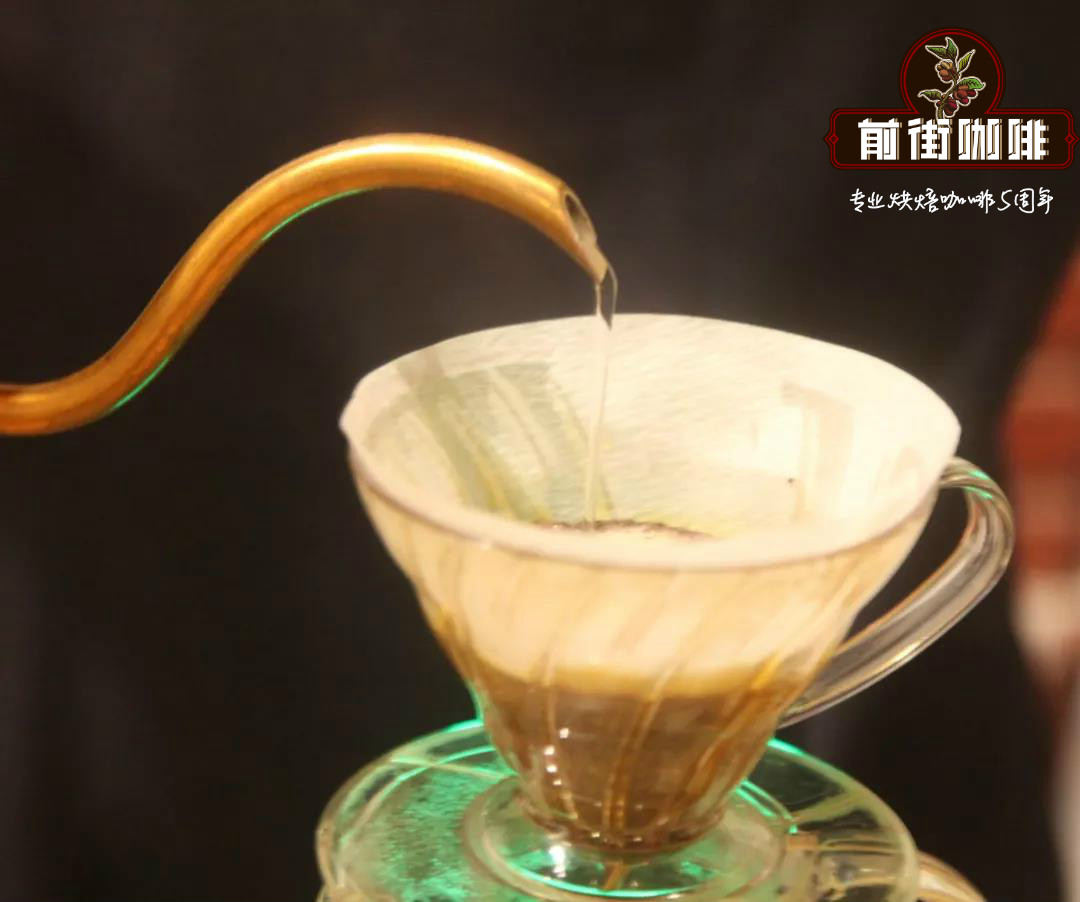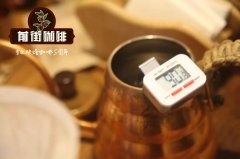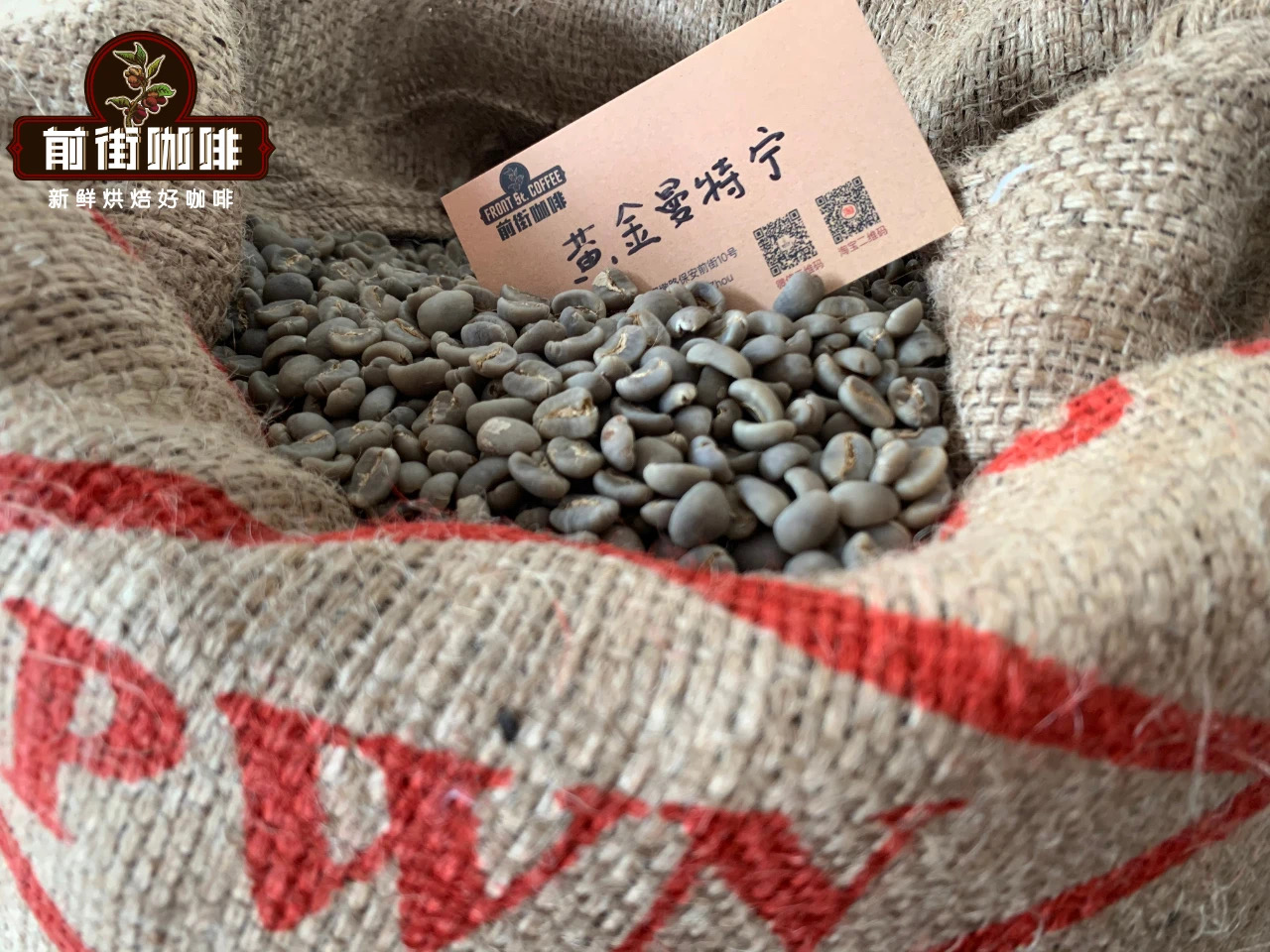Do Ecuadorian coffee have boutique coffee beans? how about coffee beans washed with Ecuadorian Loha coffee?

Professional coffee knowledge exchange more coffee bean information please follow the coffee workshop (Wechat official account cafe_style)
Ivory Forest, Puyango Town, Coffee Loha Province, Ecuador, 1300-1800 meters washed
Ecuador Loja Puyango Bosques de Marfil 1300-1800m Washed
Ecuador is one of the few countries that grow Arabica and Robusta, and the local area is mainly robusta beans, so fine beans are very rare.
The vast majority of coffee trees in Ecuador are beginning to age (about 15 to 80 years old) and lack professional care. In many producing areas, coffee farmers scatter coffee among vast woodlands due to insufficient rainfall, lack of irrigation systems, and lack of funds. lack of human care, failure to properly deal with insect pests and disease damage, and failure to harvest professionally, resulting in a very important quality of coffee beans.
Loha region is located in the south of Ecuador, close to the Andes Mountains, is one of the highest coffee growing areas in the world, 1450-2000 meters above sea level, is also the country's important coffee export city is mainly shaded natural planting, the local high altitude, climate change and soil quality are very suitable for coffee growth, with many excellent conditions for growing coffee, Ecuador domestic coffee trade is very special. Mainly by domestic buyers to negotiate the purchase of small farmers, these middlemen take great pains to rush from one village to another to visit farmers one by one to negotiate prices. After negotiation, the coffee is transported to a small number of coffee factories for processing, and then transferred to foreign distributors or processors. Ecuador coffee processing industry is mainly located in Huiyueji, Quito and Manda, and only a few towns have traditional small manual processors.
Ecuadorian coffee flavor description: grapefruit green tea, green apple, tea aroma, dense fresh cream, spices, sweet and thick taste. . the fruit is light and sour, sweet and solid. Recommended baking degree: shallow, medium
Taza Dorada (Golden Cup) is a coffee competition in Ecuador. The high-quality coffee raw beans produced by small farmers can be regarded as Ecuador's COE through national and international evaluation, but unlike the COE system, after the Taza Dorada competition, there is no assistance to win the prize and carry out the system. Almost all the winning batches of coffee raw beans will be booked by buyers who know the goods. This year, a total of 37 small farmers have won the prize. This is the first prize-winning bid.
At present, more than 90% of Ecuadorian coffee growers operate as small farmers, and their agricultural technology is not as good as that of Central American coffee producers, and their output is less than that of Central American coffee producers, and few people import it in Taiwan. Coffee lovers can taste this award-winning batch of good quality Ecuadorian cups with the highest score of 90. 45 cents for coffee beans. This batch of Servio small Farmer (Serbio Pardo) Coffee Garden is located in Calvas County, Loja province in the south. It is a small coffee grower. It won the second place in the 2015 Ecuador Golden Cup Competition (Taza Dorada) (Golden Cup), and its strength is not to be underestimated. It is no accident that it won the first place in the National Golden Cup Competition (Taza Dorada) (Golden Cup) this year (2016).
The competition is hosted annually by the coffee exporters association of Eritrea (ANECAFE). It is a bit like Ecuador's COE annual competition, but the sale of raw beans still requires their own efforts to find buyers. Serbio Pardo is a small and slim coffee grower. He is a small and beautiful coffee farmer. Due to the abundant local rainfall, the natural environment is very suitable for coffee cultivation. This bean is the work of timeless people and outstanding representatives, and it is worth tasting the coffee with the highest score in Ecuador. The acreage of Ecuador Coffee Garden is generally small, with about 80% of coffee farmers planting less than 5 hectares, 13% between 5 and 10 hectares, and more than 10 hectares accounting for only 7 percent.
According to statistics, 20% of the land in coffee plantations is illegally occupied out of an area of about 300000 hectares in the country. According to the Coffee Association of Eritrea, Ecuador's most important coffee producer is in the province of MANABI, where the cultivation rate of Babula (Imbabura) is low. The sale of coffee in Ecuador is very special, mainly from domestic buyers to small farmers to negotiate purchases. These middlemen take great pains to rush from village to village to visit farmers one by one and negotiate prices. After negotiation, the coffee is transported to a small number of coffee factories for processing, and then transferred to foreign distributors or processors. Ecuador coffee processing industry is mainly located in Huiyueji, Quito and Manda, and only a few towns have traditional small manual processors.
The planting area of coffee in Ecuador has reached 305. 000 hectares, of which Arabica (Arabigo) coffee accounted for 68% and Robusta coffee accounted for 32%. Coffee, cocoa and banana are the three traditional crops of Ecuador, which are not only the source of farmers' income, foreign exchange for the country, but also important crops to provide employment and social stability. Due to the collapse of international coffee prices around 2000, coffee cultivation in Eritrea has gradually shrunk, and the share of coffee production in the world has also gradually declined. by 2009, Eritrea's coffee production accounted for only 1% of the world's coffee production. However, the export volume of coffee from Eritrea has gradually increased, mainly due to the developed instant coffee processing industry in Eritrea, which, in addition to home-grown coffee, still imports foreign coffee after processing and re-export.
Important Notice :
前街咖啡 FrontStreet Coffee has moved to new addredd:
FrontStreet Coffee Address: 315,Donghua East Road,GuangZhou
Tel:020 38364473
- Prev

How about Ecuadorian Golden Cup Coffee? Ecuador Lug Mapada Manor Coffee flavor taste
Professional coffee knowledge exchange more coffee bean information please follow coffee workshop (Wechat official account cafe_style) Ecuadorian Coffee: Chimborazo Province. Rugma Pada Manor Ecuador Chimborazo Finca Lugmapata Urguado. Chimborazo province. Lugma Pada Manor □ 2018 El Guadojin Cup Champion Manor □ production area: central production area. Chimborazo province (Chimb
- Next

Why do hand-brewed Indonesian mantenin coffee have sour golden mantenin coffee bean flavor and taste characteristics
When I drank Manning for the first time, there was only one word in the editor's heart: bitter! Bitter! But this is coffee! After contact with coffee for a period of time, I also drank a lot of coffee, and when I plucked up the courage to drink back to Mantenin, I found that Mantenin still had some faint acid. But isn't Manning bitter?
Related
- Detailed explanation of Jadeite planting Land in Panamanian Jadeite Manor introduction to the grading system of Jadeite competitive bidding, Red bid, Green bid and Rose Summer
- Story of Coffee planting in Brenka region of Costa Rica Stonehenge Manor anaerobic heavy honey treatment of flavor mouth
- What's on the barrel of Blue Mountain Coffee beans?
- Can American coffee also pull flowers? How to use hot American style to pull out a good-looking pattern?
- Can you make a cold extract with coffee beans? What is the right proportion for cold-extracted coffee formula?
- Indonesian PWN Gold Mandrine Coffee Origin Features Flavor How to Chong? Mandolin coffee is American.
- A brief introduction to the flavor characteristics of Brazilian yellow bourbon coffee beans
- What is the effect of different water quality on the flavor of cold-extracted coffee? What kind of water is best for brewing coffee?
- Why do you think of Rose Summer whenever you mention Panamanian coffee?
- Introduction to the characteristics of authentic blue mountain coffee bean producing areas? What is the CIB Coffee Authority in Jamaica?

